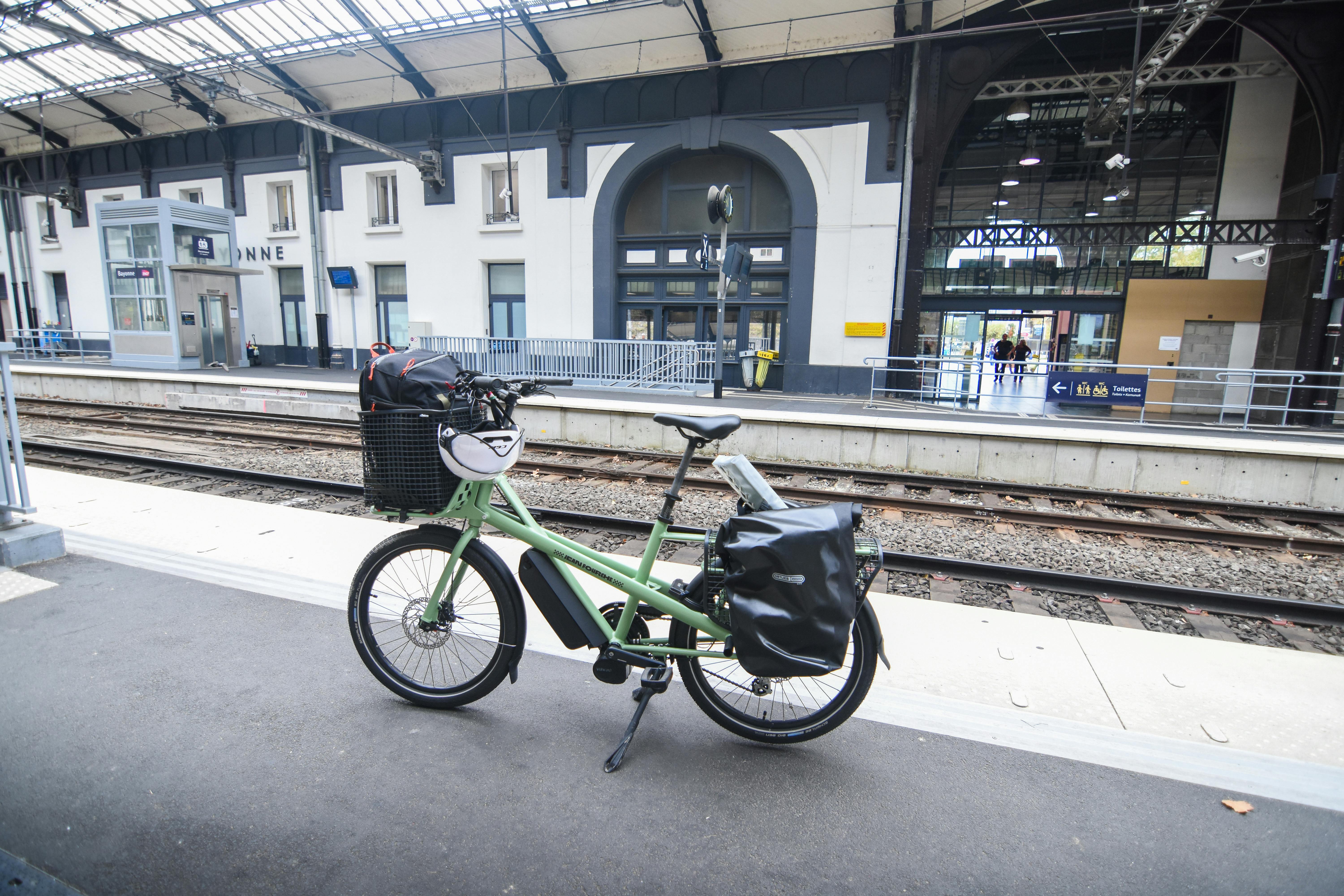Optimizing Last-Mile Options for Urban Commuters
Last-mile travel shapes daily commuting efficiency and traveler satisfaction. This article outlines practical ways to optimize last-mile choices—combining public transit, rideshare, micro-mobility, and smart routing—to improve connections between major transit hubs and final destinations.

Urban commuters often face the same recurring challenge: the trip from a transit hub or airport to a final destination can add time, cost, and complexity to an itinerary. Lastmile options—whether by foot, bike, rideshare, shuttle, or local transit—determine how smooth a journey feels. Focusing on routing, scheduling, and connections helps reduce delays and improves predictability for daily commuters and occasional travelers using aviation, rail, or cruise terminals.
How does lastmile routing affect commuting?
Lastmile routing directly influences travel time and convenience. Efficient routing reduces redundant transfers and aligns schedules between transit modes, lowering total journey time. For commuters, predictable routing supports consistent departure times and improves on-time arrival at work or appointments. From a logistics perspective, integrating real-time transit updates with route planning allows travelers to avoid bottlenecks, choose alternative corridors, and better manage luggage when connections are tight. Clear routing also supports sustainable choices by making active modes like walking or cycling more competitive with short vehicle trips.
Urban mobility platforms and transit apps have made multimodal routing accessible, but route quality varies by area. Frequent service and reliable transit headways make bus and rail viable last-mile options; where those are sparse, micro-mobility or on-demand shuttles can fill gaps without requiring private car use.
What role do multimodal connections play?
Multimodal connections link mainline transit—rail, aviation, or long-distance coach—with local services. Good connections minimize waiting time between legs of an itinerary and reduce the need for expensive or inefficient single-mode trips. For example, integrating schedule data from rail and local bus services allows commuters to plan a sequence of transfers that keeps total travel time low. Planners and operators that prioritize physical infrastructure, such as safe pedestrian routes and clear signage at stations, also improve the user experience.
Well-designed interchange points facilitate luggage handling and provide space for rideshare pickups or bike-share docks, making the overall journey more seamless for travelers with baggage or mobility needs.
How can rideshare and micro-mobility help?
Rideshare services and micro-mobility options like e-scooters and shared bikes expand last-mile choices, especially where fixed-route transit is limited. Rideshare is flexible for irregular schedules or when travelers have heavy luggage, while micro-mobility can be faster than walking for short distances and contributes to sustainable urban mobility when used appropriately. Operators’ coverage varies by city, so combining a short bike ride with a transit leg may be the fastest approach in dense areas.
Using rideshare or micro-mobility selectively—such as for the first or last 1–3 kilometers—often yields the best balance between time, cost, and environmental impact. Safety, helmet availability, and designated parking zones are practical considerations when selecting these modes.
How to integrate navigation, booking, and luggage?
Navigation and booking tools that consolidate transit, rideshare, and micro-mobility options simplify decision-making. When itinerary planning includes luggage, prioritize modes with adequate storage or direct pickup to avoid multiple transfers. Booking a timed shuttle or rideshare in advance can secure a smoother transfer from aviation or rail arrivals, while mobile tickets for transit reduce boarding delays.
Digital tools that show estimated walking times, bike availability, and secure pickup points improve confidence in last-mile plans. For travelers crossing borders, calendar-aware tools that consider visa requirements and transit schedules help maintain realistic connection times between long-distance travel and local last-mile segments.
How to plan for delays, schedule, and transit links?
Delays are an inevitable part of travel; good last-mile planning anticipates them. Build buffer time into itineraries when connecting from aviation or rail to local transit, especially during peak hours or in areas prone to congestion. Use real-time delay alerts and flexible routing to find alternate connections or switch to a rideshare when public transit is significantly delayed.
Scheduling choices also affect sustainability: choosing slightly earlier or later departures can allow use of public transit that reduces carbon impact compared with solo car trips. For regular commuting, consider backup routes and modes to maintain reliability despite occasional service disruptions.
Who provides last-mile options in your area?
Several providers and service types commonly support last-mile travel. Local transit agencies operate buses and trams; national rail or intercity rail providers offer connections at major stations; private operators supply rideshare and micro-mobility services; and navigation apps aggregate options.
| Provider Name | Services Offered | Key Features/Benefits |
|---|---|---|
| Uber | Rideshare, pooled rides, scheduled pickups | Widespread coverage in many cities, integrated booking, luggage-friendly vehicle options |
| Lyft | Rideshare, carpooling | App-based scheduling, local partnerships in select regions |
| Lime | E-scooters, e-bikes | Dockless micro-mobility for short distances, quick access via app |
| Bird | E-scooters | Urban short-trip mobility, lightweight vehicles for quick hops |
| Citymapper | Navigation & trip planning | Multimodal routing, real-time transit status, integrated mapping |
| Transit App | Transit schedules & routes | Live arrivals, service alerts, routing across modes |
| Amtrak (where applicable) | Rail services and station connections | Intercity rail links with station information for last-mile pickups |
| Local transit agency | Buses, trams, metro | Scheduled services, accessible routes, often the most sustainable option |
Choosing among these providers depends on coverage in your area, service hours, and the nature of your trip. Verify availability and operating hours for your locality before relying on a specific service.
In summary, optimizing last-mile options requires combining reliable routing, multimodal connections, and appropriate use of rideshare or micro-mobility. Integrating navigation and booking tools, accounting for luggage and possible delays, and knowing local providers improves predictability and sustainability for urban commuting. Thoughtful planning and awareness of local services make the end segment of any journey faster and less stressful.





